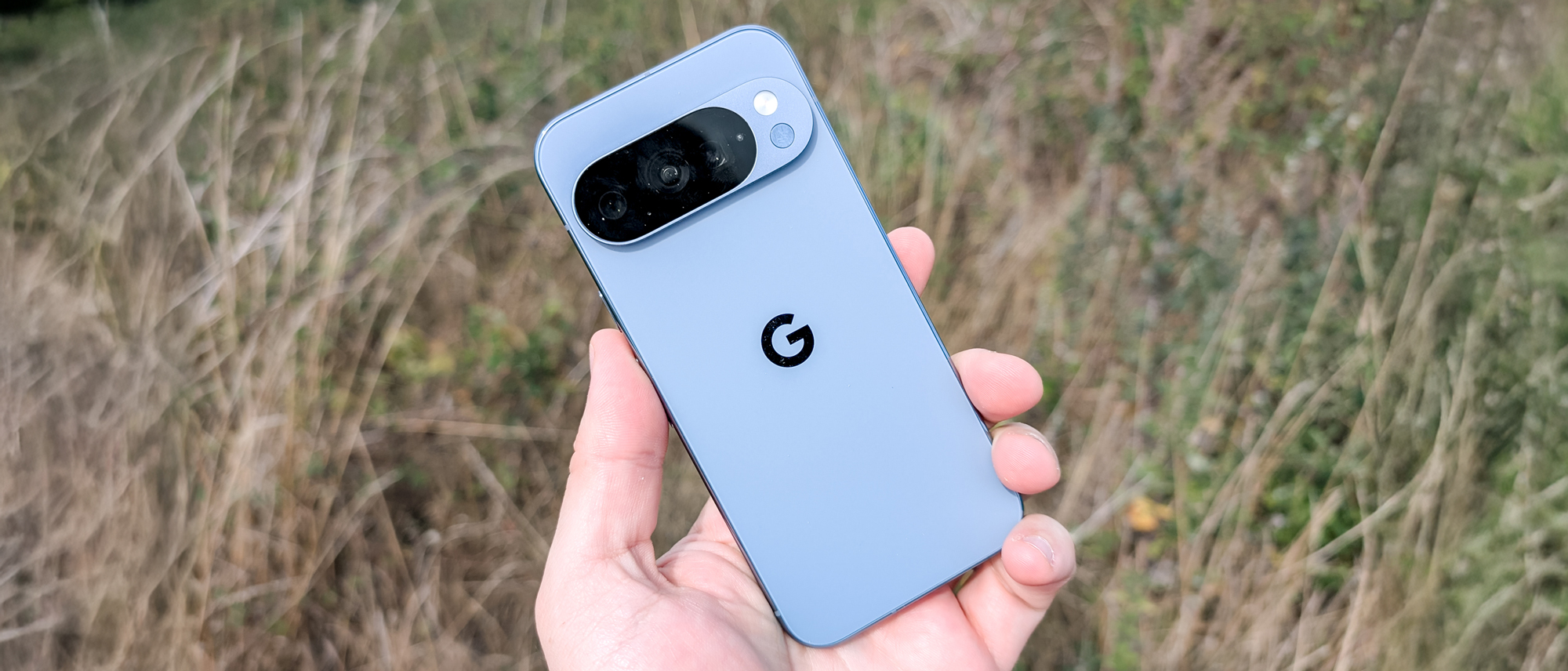Tom's Guide Verdict
The Google Pixel 10 Pro is a fantastic Android phone with all the features you'd expect from a premium flagship. However the lack of substantial upgrades mean it's barely able to differentiate itself from last year's Pixel 9 Pro.
Pros
- +
Qi2 wireless charging
- +
Good battery life
- +
Great cameras
- +
Great looking, super-bright display
- +
No price hikes
Cons
- -
Few upgrades compared to Pixel 9 Pro
- -
Magic Cue's presence is barely felt
- -
Weak Tensor performance
Why you can trust Tom's Guide
The Pixel 10 Pro feels like it's in a lull this year, thanks to the Pixel 10 and Pixel 10 Pro XL each getting some significant, exclusive upgrades. In comparison, the Pixel 10 Pro feels like a much more incremental update, with little worth shouting about from the rooftops.
It's true that the phone isn't short of changes. There's a larger battery, Qi2 magnetic wireless charging, the Tensor G5 chipset, and a brighter Super Actua display. Android 16 also gets a fresh new coat of paint thanks to Material 3 Expressive, an update that still hasn't made it to older models just yet. That said, a lot of those changes are found on other Pixel 10 series phones as well.
Having tested the Pixel 10 Pro, it does come across as a slightly fancier version of the Pixel 9 Pro. Not that this is a bad thing, the 9 Pro is an excellent phone, but it's not the kind of thing you can really get excited about.
My Google Pixel 10 Pro review breaks it all down to help you figure out whether this phone is right for you — or if the middle child syndrome pushes you towards a different model.
Google Pixel 10 Pro Review: Specs
| Row 0 - Cell 0 | Google Pixel 10 Pro |
Starting price | $999 / £999 / AU$1,699 |
Display | 6.3-inch OLED (1280 x 2856) |
Refresh rate | 1 - 120Hz |
Rear cameras | 50MP wide (f/1.68), 48MP ultrawide (f/1.7), 48MP 5x telephoto (f/2.8) |
Front camera | 42MP selfie (f/2.2) |
Chipset | Tensor G5 |
RAM | 16GB |
Storage | 128GB, 256GB, 512GB, 1TB |
Battery | 4,870 mAh |
Software | Android 16 |
Size | 6 x 2.8 x 0.3 inches (152.8 x 72 x 8.6 mm) |
Weight | 7.3 ounces (207 grams) |
Colors | Moonstone, Jade, Porcelain, Obsidian |
Google Pixel 10 Pro Review: Price & availability
Prices for the Pixel 10 Pro start at $999 / £999 / AU$1,699 for a model with 128GB of storage — which is the exact same price you'd have paid last year. After two consecutive years of price hikes, we're happy to see Google keep prices static.
Other storage options are available, up to a maximum of 1TB — which you may need if you're not up for paying for cloud storage. 256GB will cost $1,099 / £1,099 / AU$1,849, while 512GB increases that price to $1,219 / £1,219 / AU$2,049. The aforementioned 1TB model will set you back $1,449 / £1,149 / AU$2,399.
The phone goes on sale on August 28, and will include a full year of Google AI premium (normally $250). Color options include Moonstone (blue/gray), Jade (green), Porcelain (white) and Obsidian (black).
Get instant access to breaking news, the hottest reviews, great deals and helpful tips.
Google Pixel 10 Pro Review: Design
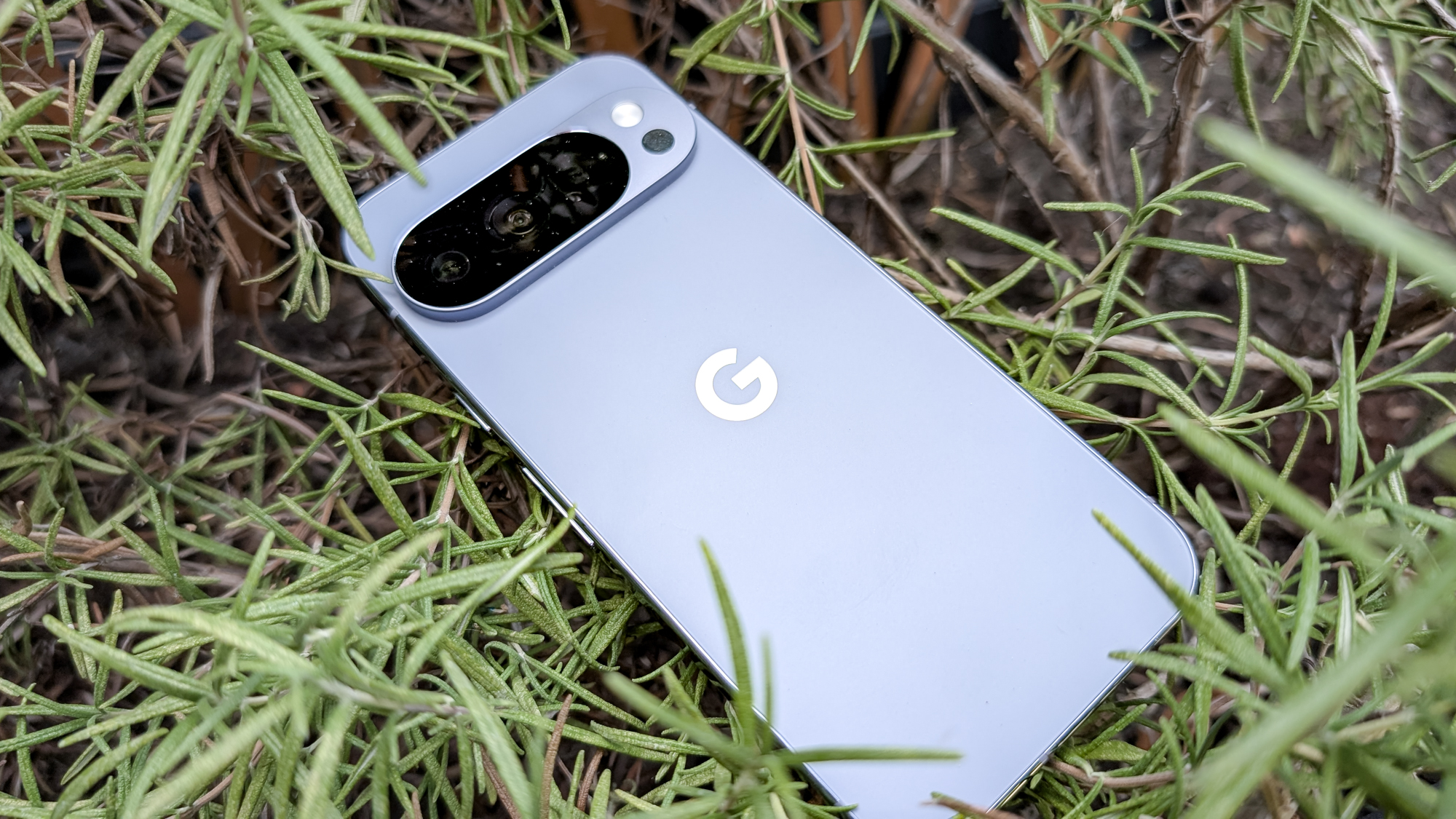
The Pixel 10 Pro design hasn't visibly changed compared to the Pixel 9 Pro, though there have been a few tweaks if you know what to look for. The most notable being the 10 Pro is slightly bigger, which means it's just too big to squeeze into any Pixel 9 Pro-compatible cases.
According to Google's official specs the difference is a matter of depth, with the Pixel 10 Pro coming in at 152.8mm x 72mm x 8.6mm (6.0 x 2.8x 0.3 inches), versus the Pixel 9 Pro which is 8.5mm deep. The phone is also slightly heavier, at 7.3 ounces (207 grams), and while that may not seem like much the change is noticeable when held in your hand.
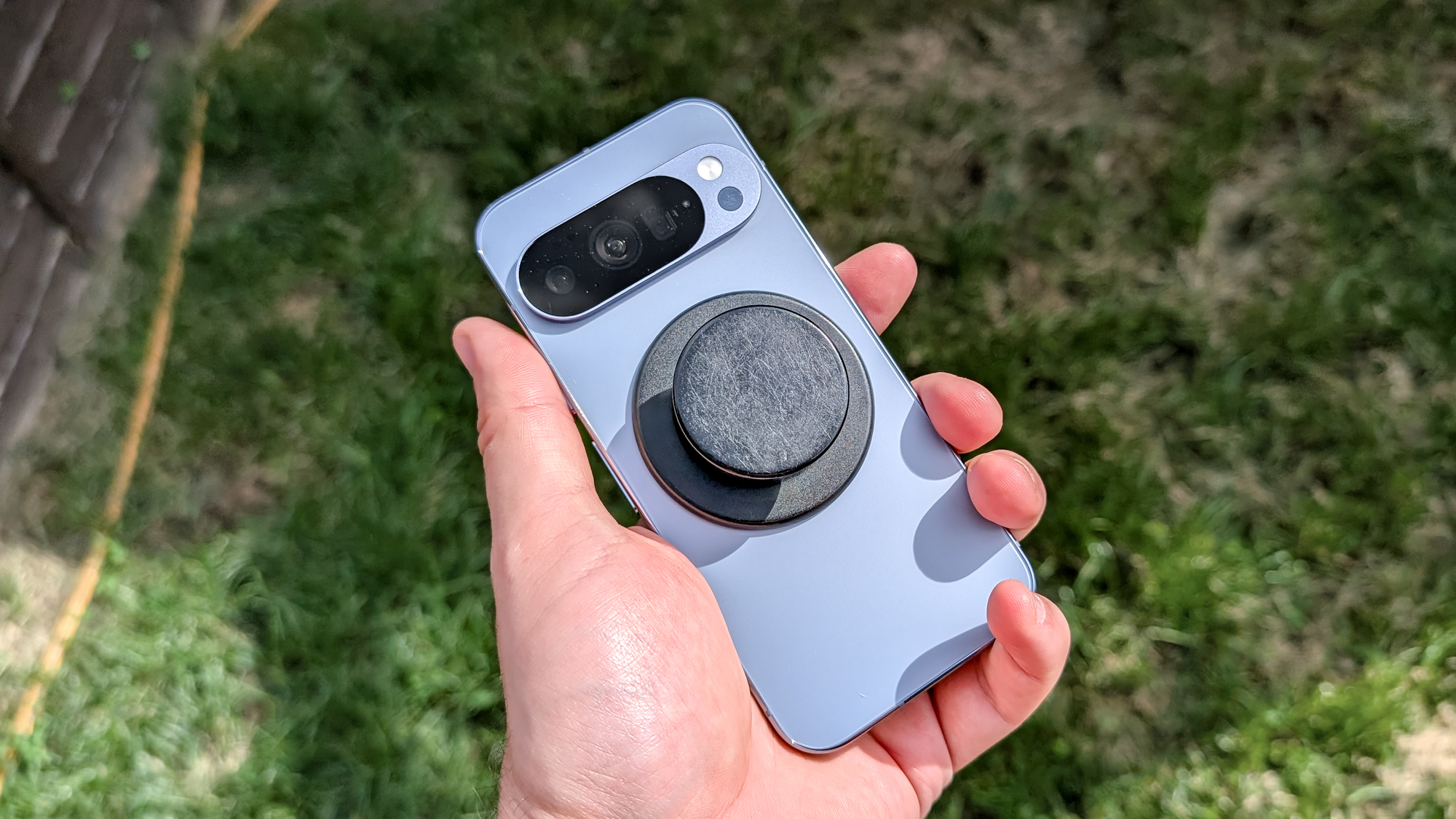
That weight is likely down to the new Qi2 wireless charging system, or Pixelsnap as Google is referring to it. This is the full magnetic charging system, with a ring of magnets that is compatible with Apple's MagSafe system — to the point where I was able to use a grip designed for MagSafe on the Pixel 10 Pro without any issues.
Other design tweaks Google made include dual speaker grills on the underside of the phone, and in the U.S. this replaces the physical SIM card tray — since the phone is now eSIM only in the region. However, international models keep the physical slot, which has migrated to the very top of the phone.
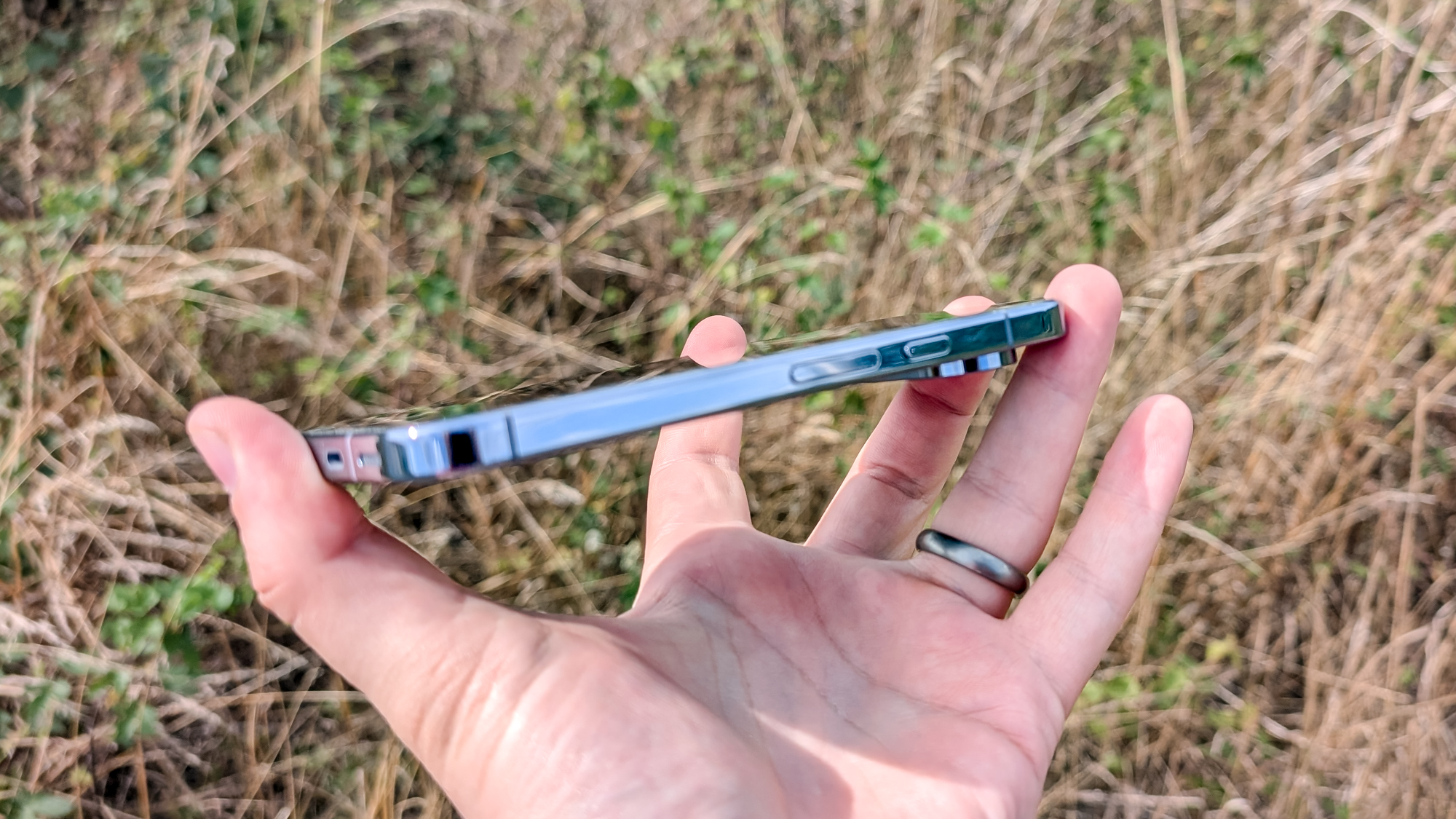
There's still the same 6.3-inch display up front, protected by Gorilla Glass Victus 2 once again. The outside is also made up of polished "spacecraft-grade aluminum" that offers the same rounded iPhone-like corners Google introduced last year.
Meanwhile, the back glass is matte in texture, also made of Victus 2 glass, which always looks significantly better than the glossy back of non-Pro pixels.
Google Pixel 10 Pro Review: Display
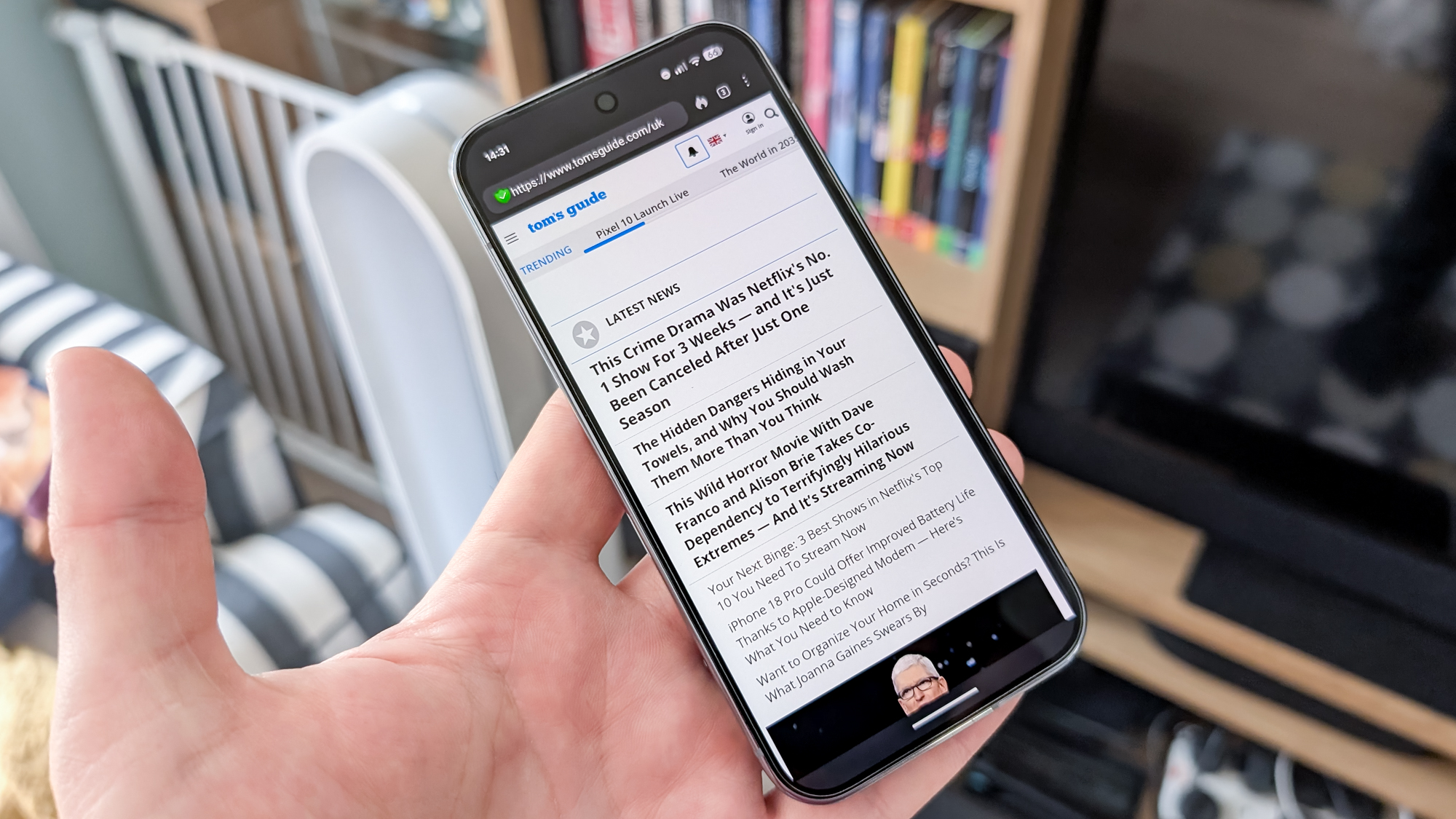
The display specs are more or less the same on paper, with the Pixel 10 Pro offering 1,280 x 2,865 resolution, with 495 pixels per inch and a 20:9 aspect ratio. Likewise the LTPO display offers an adaptive 1-120Hz refresh rate, which is pretty standard for premium phones these days.
However, the main change is that the Super Actua display now reaches a peak brightness of 3,300 nits — which I can certainly believe. After attempting to verify my identity in a banking app in a dark room, I can confirm that this screen is absolutely blinding when the brightness is ramped up.
| Row 0 - Cell 0 | Google Pixel 10 Pro | Google Pixel 9 Pro | Samsung Galaxy S25 Plus | iPhone 16 Pro |
Brightness (nits) | 1,976 | 1,938 | 1,350 | 1,510 |
sRGB color spectrum | 121.4 (Adaptive), 108.3 (Natural) | 119.4 (Adaptive), 106.6 (Natural) | 152.1 (Vivid), 124.2 (Natural) | 113.5 |
DCI-P3 color spectrum | 89.5 / 76.3 | 86/ 76.7 | 107.8 / 87.9 | 80.4 |
Delta-e rating (lower is better) | 0.32 / 0.25 | 0.24 / 0.29 | 0.23 / 0.22 | 0.24 |
The testing data shows that while the Pixel 10 Pro didn't quite hit the 3,300 peak brightness Google promised, it was able to hit 1,976 nits with adaptive brightness switched on. That's only a marginal increase from last year, but since the Pixel 9 Pro's Super Actua display was rated for a 3,000 nit peak, it's not too surprising. Either way, both phones absolutely dwarf the screen brightness on the S25 Plus (1,350) and the iPhone 16 Pro (1,510).
Sadly, brightness isn't everything, and the 10 Pro starts to falter in other display tests. sRGB testing shows that the 10 Pro scored 121.4 in Adaptive mode and 108.3 in Natural. While slightly better than the Pixel 9 Pro, it's still unable to recreate colors as well as some of its rivals, including the iPhone 16 Pro (113.5) and the Galaxy S25 Plus (152.1 in Vivid and 124.2 in Natural).
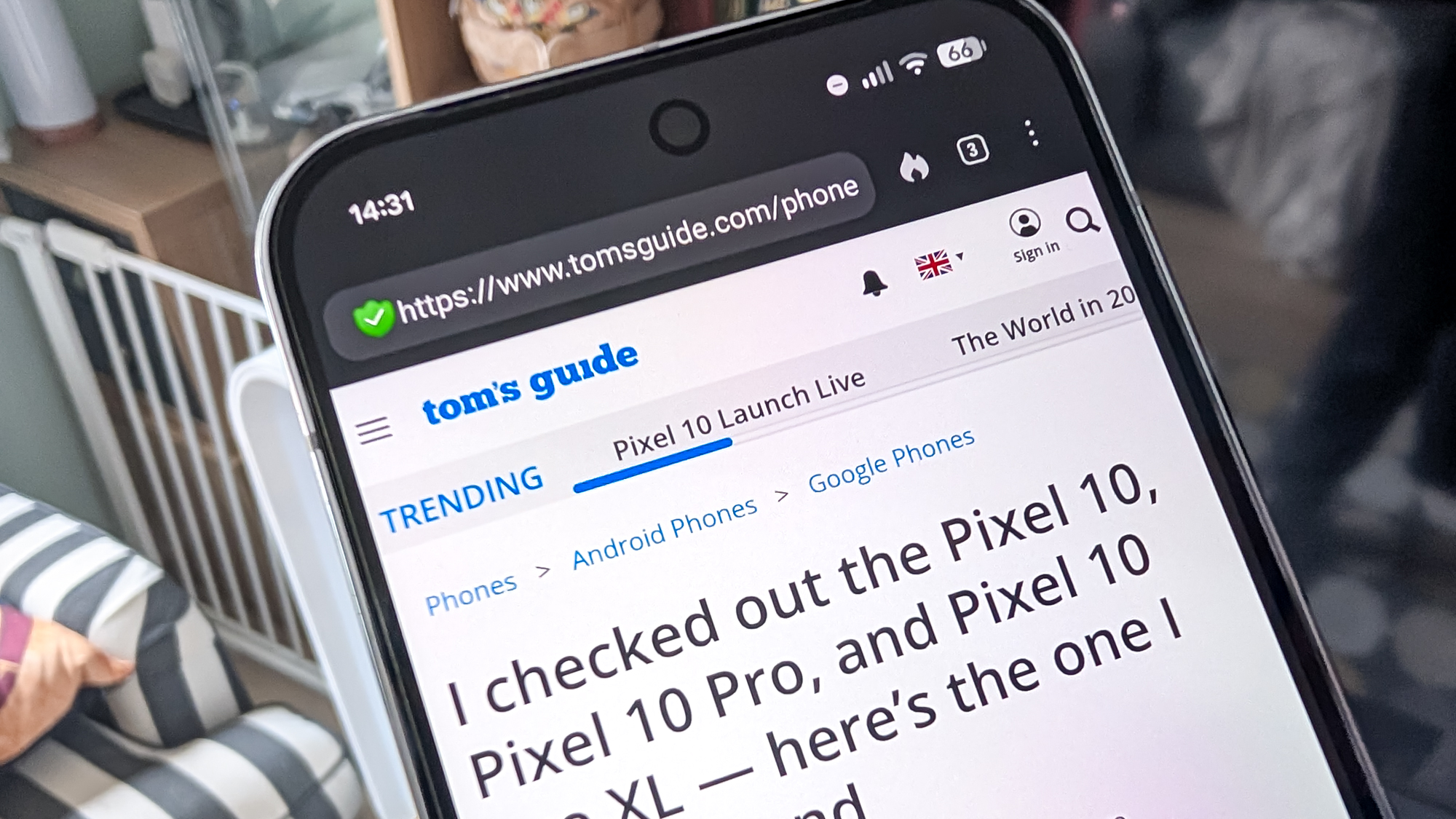
It's a similar story with the DCI-P3 color gamut, with a score of 89.5 and 76.3 in both display modes. That's better than the Pixel 9 Pro in adaptive mode (86), but slightly worse in natural (76.7). It's the same story for the iPhone 16 Pro, which scored 80.4, and miles behind the Galaxy S25 Plus (107.8 and 87.9).
Delta-e scores are even worse, since the aim is to have the lowest score possible. While the other three phones are on fairly equal ground (Pixel 9 Pro's Natural score aside), the Pixel 10 Pro is noticeably higher. 0.32 in adaptive mode and 0.25 in natural, meaning it's only able to beat the 9 Pro in the latter category.
The dip in display specs is probably not going to be noticeable to some, especially since the enhanced brightness over rival phones will be quite obvious. But it doesn't change the fact that Google seems to be on a continual decline in this area — and it's something the Pixel 11 Pro will need to fix.
Google Pixel 10 Pro Review: AI
Magic Cue
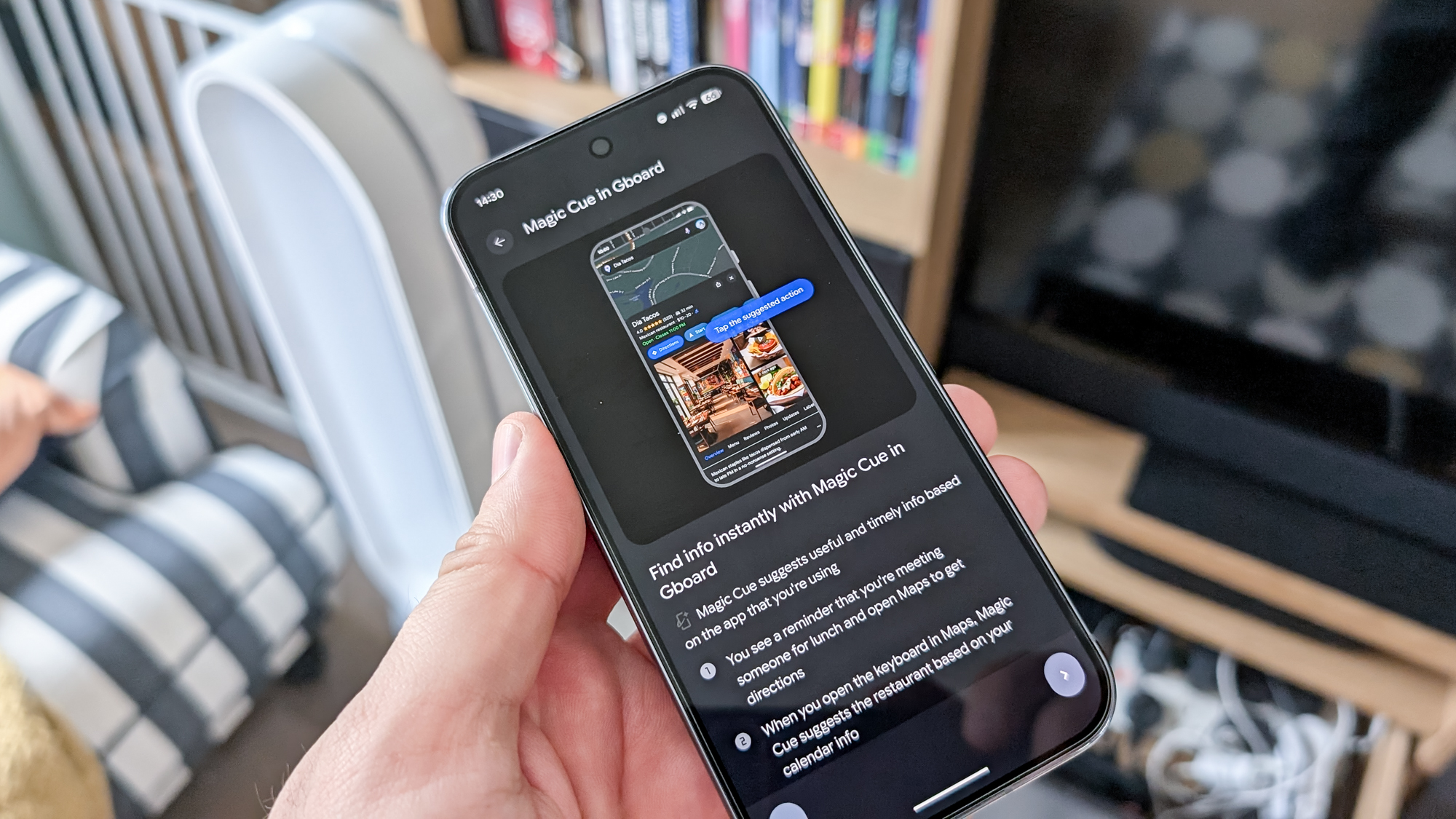
In the week I've been using the Pixel 10 Pro, Magic Cue has yet to actually make its presence really known. It's all switched on, with permissions in the compatible Google apps granted, but so far I haven't seen any indication of the new assistant a whole lot.
In fact the only place it popped up was during a phone call, as part of Call Assist — but all that told me was that I'd sent my wife a message on July 18. Which I guess is something, but it's hardly the super-useful AI assistant Google has promised.
For several days Magic Cue seemed to be otherwise missing in action, though it has slowly started making itself more known. Just this morning I spotted an alert in Gmail informing me that a package is due to arrive tomorrow. Still, at this early stage, I still feel like Google has thrown Magic Cue out there expecting you to understand how it works, and what to do, without any meaningful instruction. Like so many other AI features on other phones.
There are some tips in the new My Pixel app, but as of yet, Magic Cue isn't behaving the way Google says it should, which defeats the purpose of having an autonomous AI assistant running on your phone. It's probably going to take some time to get going, and maybe things will be better in a few weeks, though it's still disappointing that this flagship AI feature is moving so slowly.
Camera Coach

Camera Coach is certainly one of the more interesting features Google has, with the aim of helping you take better photos. All it takes is a simple tap of the Camera Coach button in the top right corner, and it will scan what's in frame and come up with ideas based on the kind of shot you want to take.
It's not the kind of feature for quick snap-and-shoot photos, since it takes a little bit of time to scan and go through those motions. But if you have a deliberately posed shot, then the tips and advice the AI offers could be genuinely useful. There's rarely anything major, and it seems as though the AI is just telling you to adjust your own positioning.
Some could be a little iffy, though, like telling me to switch to landscape mode even though I was already in it. But for the most part, so long as you have a willing subject who isn't likely to move around (like my dogs love to do), then this is a feature well worth taking advantage of.
Pro Res Zoom
Taking a leaf out of Samsung's book, Google added a 100x Pro Res Zoom feature on the Pixel 10 Pro — up from 30x on the Pixel 9 Pro. I wasn't expecting a whole lot from this, especially after seeing a preview of 100x magnification on the phone's screen. But I will admit that it surprised me with how good the results actually were.


The preview shots are, as you'd expect, a blurry pixelated mess. And while the AI-processed images aren't pristine, as you'd get with an actual telephoto lens, they look pretty darn close. The AI is doing an awful lot of heavy lifting there, though in some cases you can tell. So don't expect to be able to read text or see other smaller details from a Super Res Zoom shot, because the AI isn't that good.
Pixel Journal
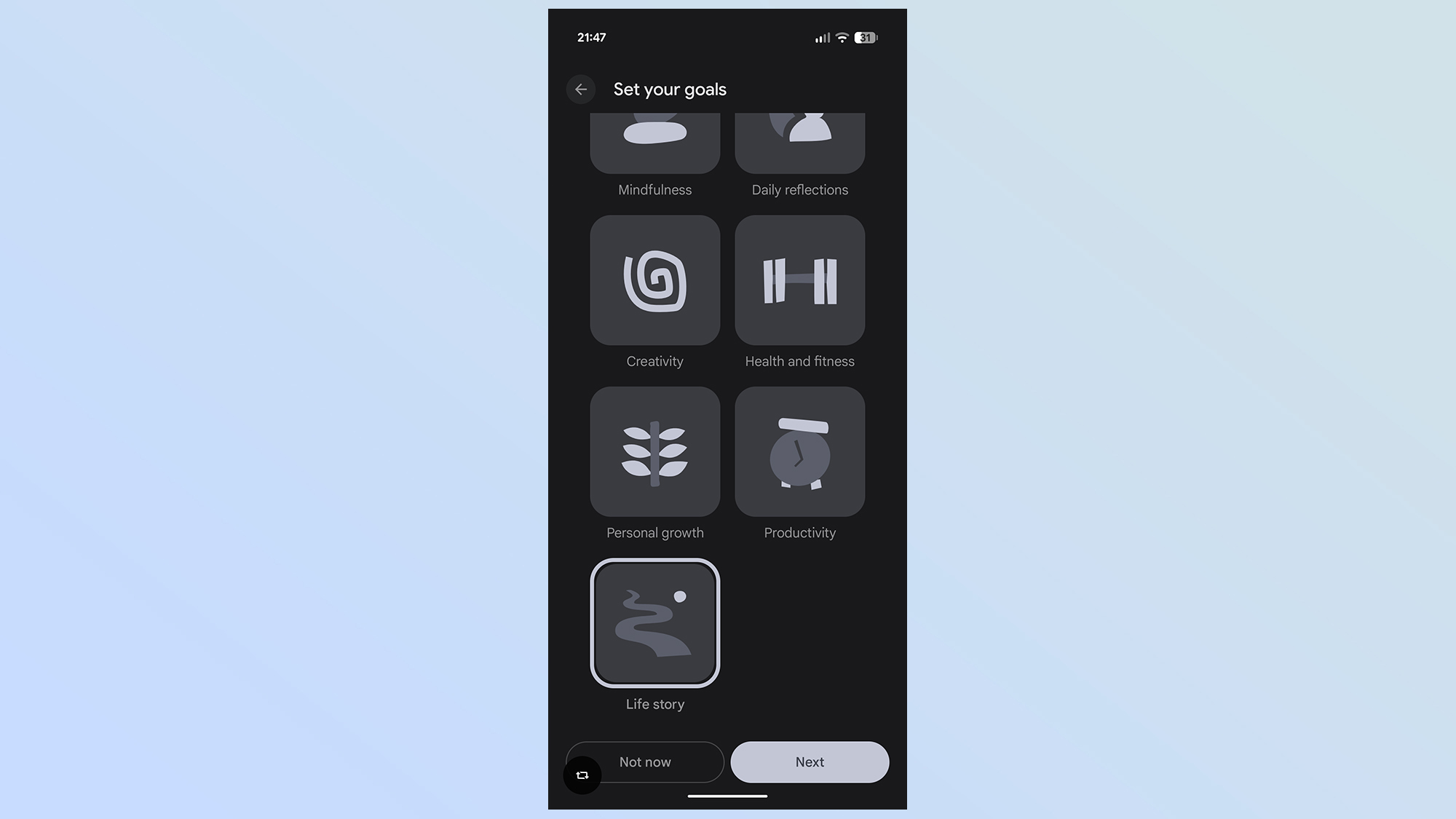
Pixel Journal is a new app to let you document your day and activities, with the AI giving you suggestions on what to actually document. You tell it your goal, and it will come up with daily reminders based on photos you took or exercise you did - assuming you granted the app access to the Photos and Health Connect apps.
However the actual substance of the journal entries is up to you, and Gemini won't be giving you any additional help beyond that nudge in the right direction. Which is great if you're big into journaling and need something basic, though it isn't really a selling point if you're not.
Create Music
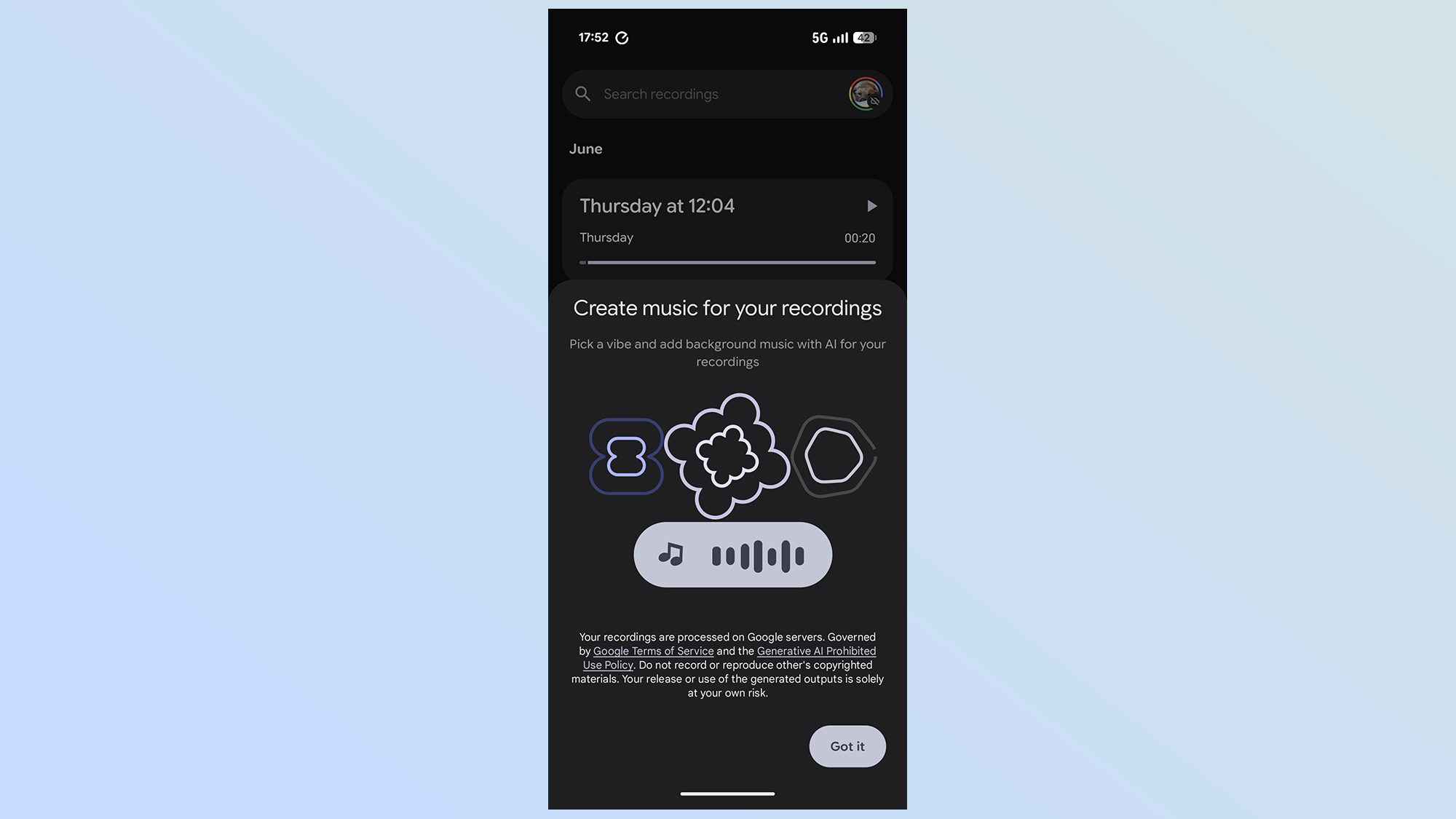
In a change that I can't imagine anyone expected, Google has added the ability to add AI-generated music to your recordings from the Pixel recorder app. This does work, though it will take some time depending on the length of the recording in question, with multiple mood options — and the ability to make some of your own.
This isn't a feature I would personally use right now, since all my recordings are of fairly boring professional settings — like interviews. But if you've been using the Pixel Recorder for other things, like recording song lyrics or slam poetry, then the addition of extra music could prove useful. Niche, but potentially useful.
Other AI features
Other AI features coming to Pixel 10 Pro include an upgraded version of Add Me, which supports more people and apparently includes pets — though I couldn't get it to work with photos of just my two dogs. Meanwhile, Best Take will work automatically, stitching together photos to get the best possible look for everyone.
Calls are also supposed to have a Voice Translate feature, as part of the Call Assist menu, though only a handful of languages are actually supported right now. C2PA support also ensures that all your photos have a detailed log of where they've come from — including how they were made/taken and what edits have been made along the way.
Google Pixel 10 Pro Review: Cameras
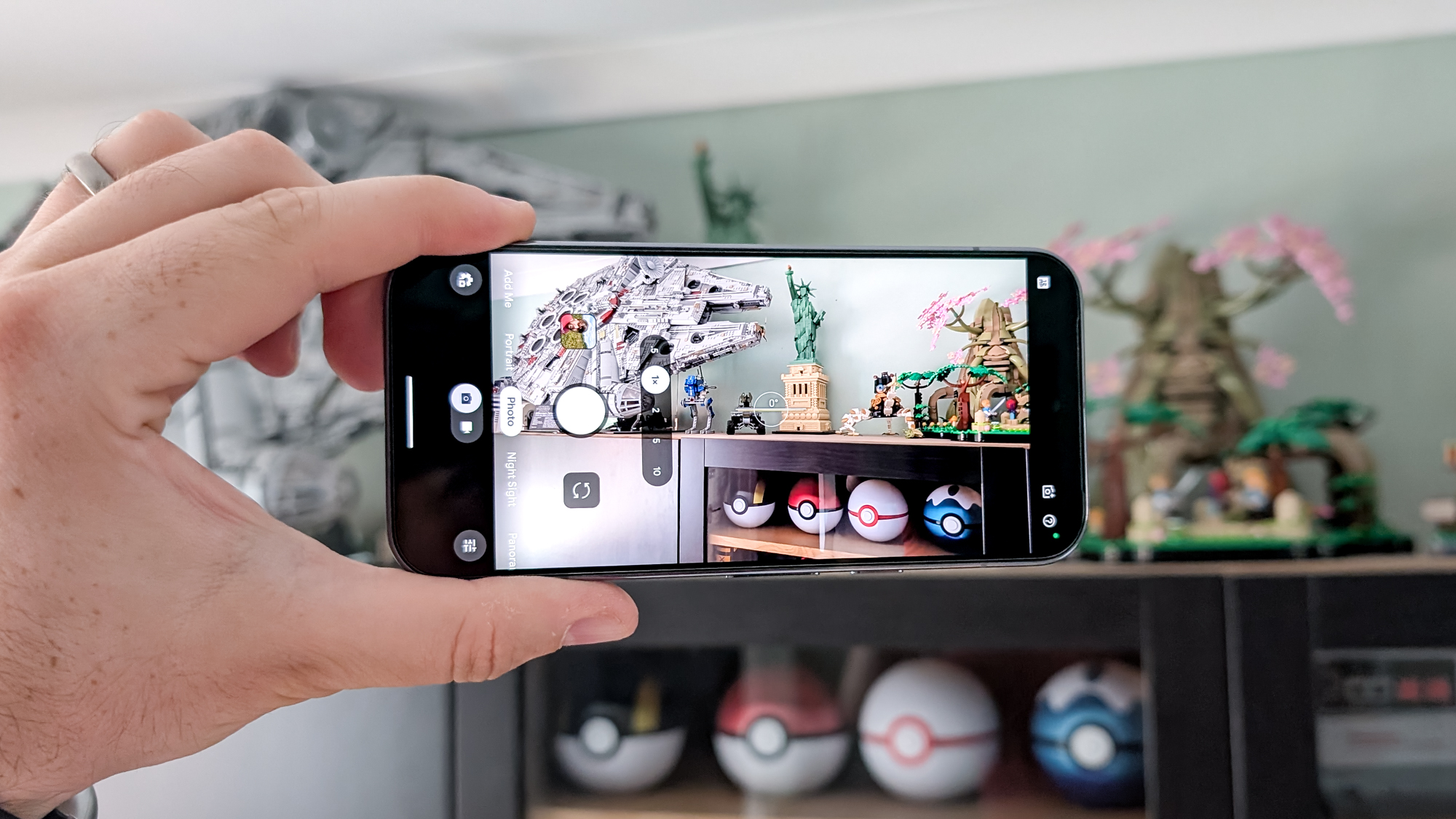
On paper, the Pixel 10 Pro cameras haven't changed since last year. You get the same 50MP main camera, 48MP ultrawide and 48MP telephoto lens with 5x optical zoom. Plus the 42MP selfie camera on the front. In terms of raw hardware, those are the same as the Pixel 9 Pro last year.
That said, there's more to camera quality than resolution. While Google hasn't confirmed any changes under the hood, that's always a possibility. Not to mention the fact that Pixel cameras often lean heavily on post-shot processing, which has only increased in the era of AI. Better AI and camera software mean better photos with the same hardware.
Of course, there's only one way to find out, so I took the Pixel 10 Pro out to take some photos and compare it to the capabilities of the Pixel 9 Pro.
With the main camera, the differences aren't all that apparent. There's certainly a little more brightness on the Pixel 9 Pro than its successor, but the coloring on the Pixel 10 Pro does have a little more true-to-life coloring and realism in the details — with less background blur.
But for the most part, these two photos are pretty darn similar, to the point where most people wouldn't notice the difference.
Move the action indoors, and the situation is more or less the same. There's a little more clarity on the Pixel 10 Pro's background, but overall the two photos are about as close to identical as you can possibly hope for.
Macro photography on the Pixel 9 Pro was a little challenging, especially with trying to focus on the blackberry in shot. But it's clear that with the close-ups, the Pixel 10 Pro has better focusing ability, brighter colors and generally more overall detail on the subject itself.
The ultrawide lens is another case where the two photos might as well have been taken on the same phone. The Pixel 10 Pro is a brighter picture, letting you see more detail in the shadowy areas — but not by much. There's also a little more realism in the colors, especially on the lower end of the sky.
In a switch of circumstances, the Pixel 10 Pro is actually the darker shot, when zooming in at 5x magnification — the maximum optical zoom on both phones. The differences between the two shots end there, though, and detail-wise they look the same. However, given the bright sunlight, I think I prefer the Pixel 10 Pro since it looks a little less washed out than its predecessor.
Push the magnification up to 10x, and you do start to see the differences come out. The Pixel 10 Pro jumps back to the realism in the color, while the Pixel 9 Pro has a murky hue to the final shot. That being said, it seems as though the Pixel 9 Pro managed to capture more details — including some of the feathering on the pigeon's head and body.


The differences are especially apparent when night photography is concerned, and both phones took a shot of this church in near pitch darkness. The fact that they've picked up so much is a testament to how good Google's Night Sight actually is on Pixel phones.
Overall, the Pixel 10 Pro clinches it. It's brighter and has managed to pull out more detail from the greenery and the brickwork off in the distance, while the Pixel 9 Pro is generally a lot fuzzier. Though I do think I prefer the more muted look on the Pixel 9 Pro — not everyone will agree.
Selfies bring us back to the same dividing line, with the Pixel 10 Pro coming out slightly brighter than the Pixel 9 Pro — with the same increased detail in the background. But the end result isn't different enough that I would be upset with either option.
As for Portrait mode, I honestly can't tell the difference between the two. The only real discerning thing is the fact that the Pixel 10 Pro can shoot portraits in 1x magnification from the main camera, while the Pixel 9 Pro has a minimum of 1.5x. But both phones capture all the right details, and there are no issues with the bokeh effect around my dog's fur.
Overall the Pixel 10 Pro does take good photos, but it doesn't do a whole lot to differentiate itself from the Pixel 9 Pro. On the one hand, the exact same hardware means this isn't actually that surprising. Plus the Pixel 9 Pro is already one of the best camera phones. But on the other hand, the fact that Google doesn't seem to have done a whole lot behind the scenes is a little disappointing.
The fact the Pixel 9 Pro's 10x zoom proved better was a huge surprise, and one that I'm actually pretty disappointed about. It just suggests that improving the Pixel 10 Pro's camera was not high on the list of its priorities this year.
Google Pixel 10 Pro Review: Performance
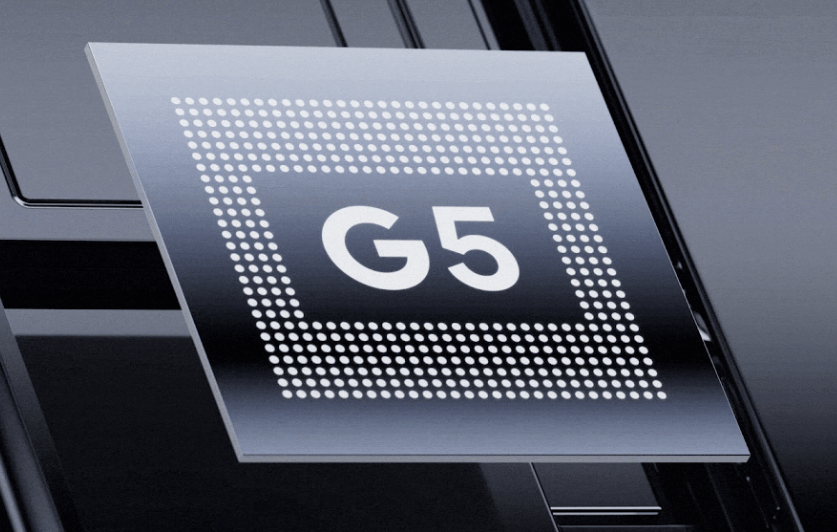
Pixel phones have never been particularly strong performers, especially since Google shifted from Qualcomm chips to Tensor. The Tensor G5 is no exception, even now that it's switched to TSMC's 3nm process — which typically offers a bump in performance and efficiency. So if you're hoping for a powerhouse Pixel, then you're going to be disappointed.
| Row 0 - Cell 0 | Google Pixel 10 Pro | Google Pixel 9 Pro | Samsung Galaxy S25 Plus | iPhone 16 Pro |
Processor | Tensor G5 | Tensor G4 | Snapdragon 8 Elite for Galaxy | Apple A18 Pro |
Geekbench (single core/multicore) | 2,335 / 6.375 | 1,948 / 4,794 | 3,141 / 10,153 | 3,400 / 8,391 |
3DMark Wild Life Extreme Unlimited (score/fps) | 3,134 / 18.77 | 2,567 / 15.38 | 6,579 / 39.3 | 3,840 / 23.03 |
Adobe Premiere Rush time to transcode (mins:secs) | 2:19 | No result | 0:21 | 0:54 |
Admittedly, there has been a notable leap in performance compared to the Pixel 9 Pro's Tensor G4. The single core Geekbench test produced a result of 2,335 to the 9 Pro's 1,948 and a multicore score of 6,375 to last year's 4,794. That said it's still significantly behind the Galaxy S25 Plus and iPhone 16 Pro which recorded significantly higher results — 3,141 / 10,153 and 3,400 / 8,391, respectively.
It's a similar story with the 3DMark Wild Life Extreme Unlimited graphics tests. The G5 managed to pull off a score of 3,314 and an average frame rate of 18.77 — noticeably better than the 2,567/15.38 recorded by the Pixel 9 Pro. But's still quite far behind the iPhone 16 Pro (3,840/23.03) and the incredible performance from the S25 Plus (6.579/39.3).
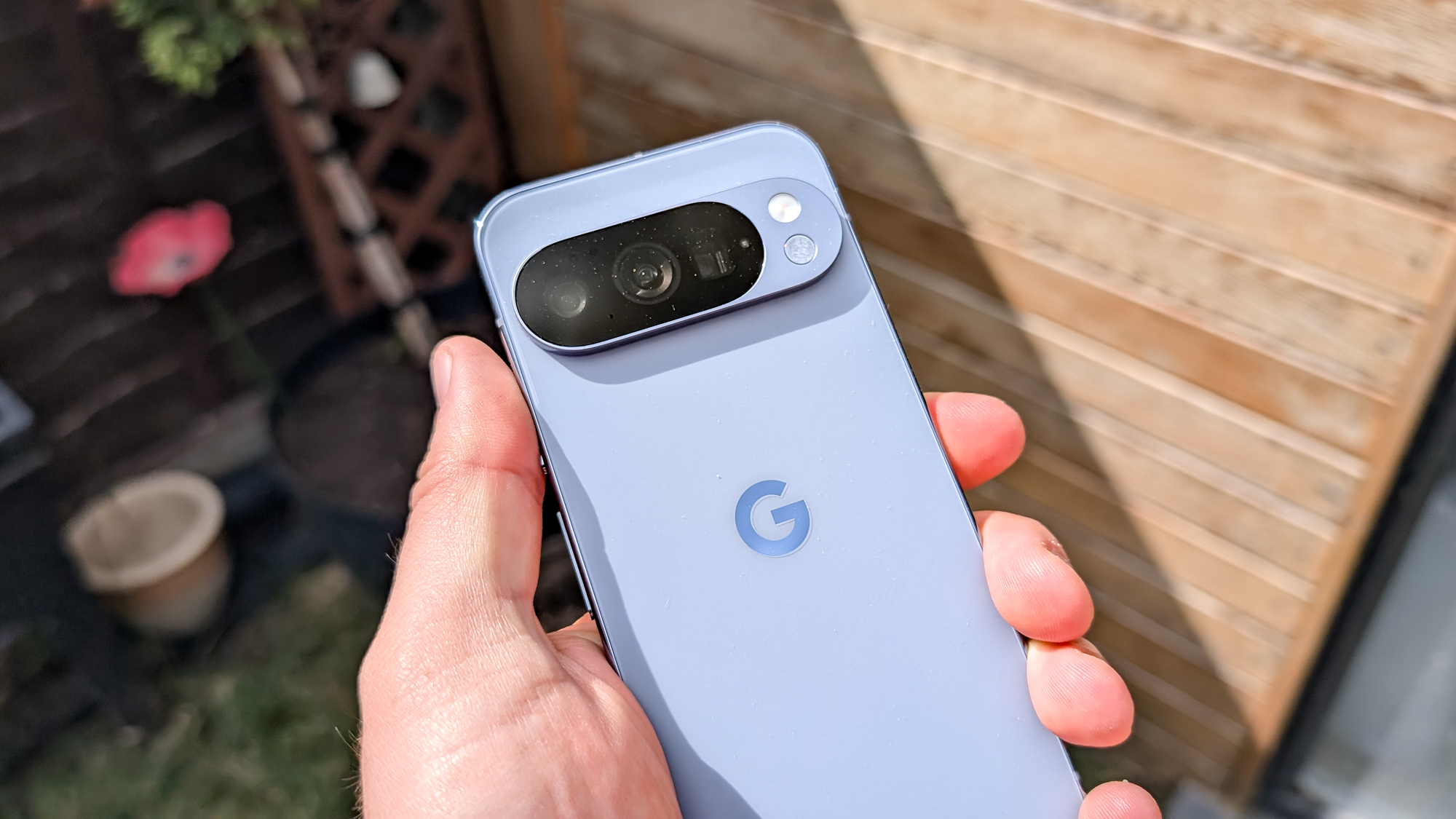
Finally, we have the Adobe Premiere Rush video transcoding test, which is done to see how the phones perform with real-world tasks — rather than benchmarking tests. Last year the Pixel 9 Pro disappointed by not being able to complete the test, so the fact the Pixel 10 Pro did is an achievement in itself.
However, the 10 Pro's 2 minutes and 19 second transcoding time is pretty abysmal, especially compared to the 21-second score by the iPhone 16 Pro. The S25 Plus hit 54 seconds, which is considerably slower than the iPhone, but embarrassingly quick compared to Google.
Google has spoken at length about how the Tensor chips are not built to pull in high benchmarking scores for the sake of it. Instead, it's all about AI, security and improved photography — with a growing emphasis on AI with each passing generation. And we do get some exceptional Ai features with each passing year.
So far the phone has performed pretty well with every day tasks, and didn't pose any issues playing PUBG on the highest possible settings. But if you want the best and fastest performance out of your phone, you may want to choose a different device.
Google Pixel 10 Pro Review: Battery
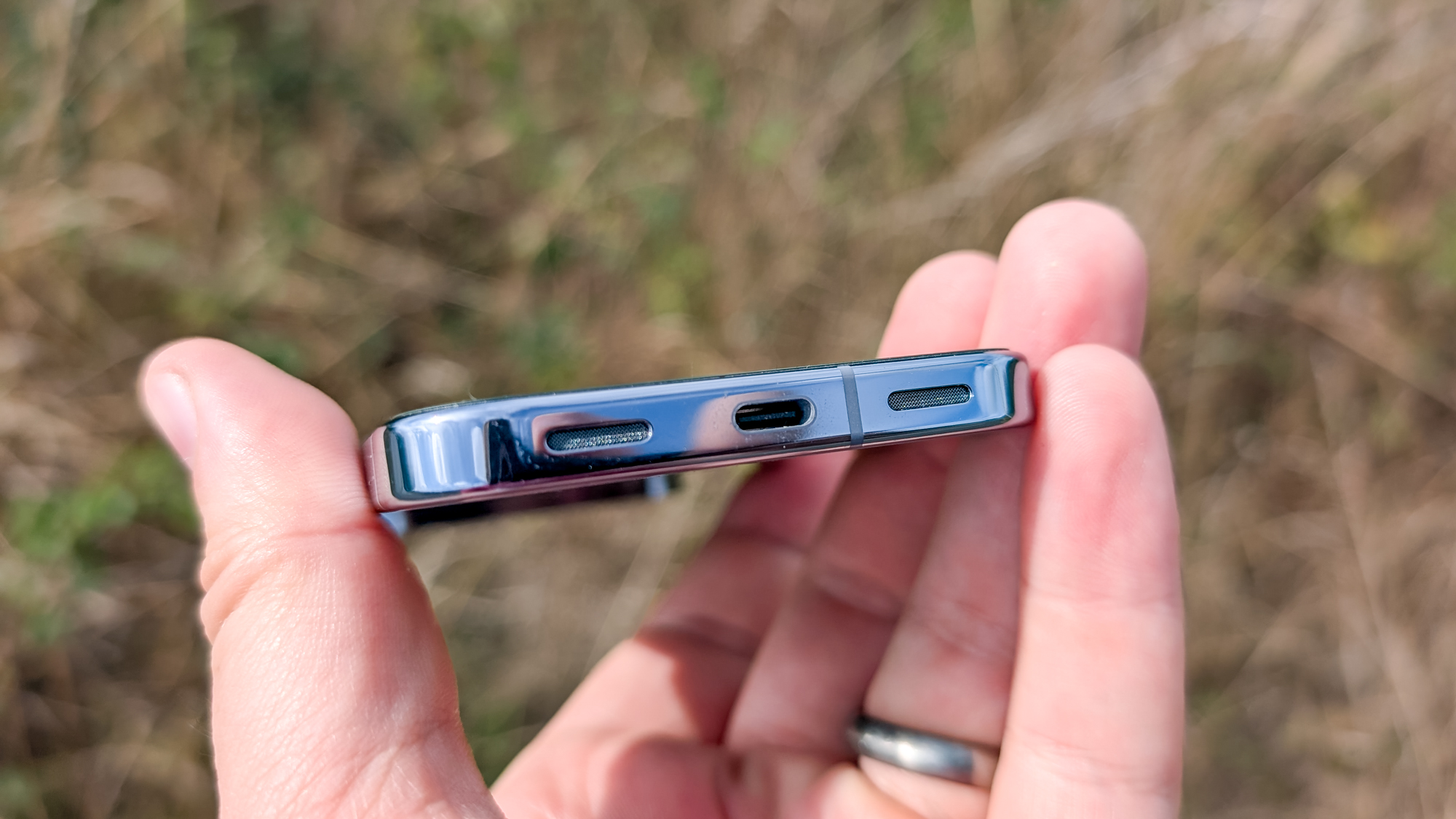
The Pixel 10 Pro does have a slightly larger battery than the Pixel 9 Pro, which should, in theory, translate to more battery life. Anecdotally, I've found that the battery does last a lot longer than the Pixel 9 Pro seems to.
But I will caveat with the note that the Pixel 9 Pro battery seems to have worsened ever since I installed Android 16. So we'll have to rely on the data from the Tom's Guide labs to see what's going on. As ever, the phone went under our custom battery life test, which had a fully-charged device continuously surf the web over a cellular network until the battery ran out.
| Row 0 - Cell 0 | Google Pixel 10 Pro | Google Pixel 9 Pro | Samsung Galaxy S25 Plus | iPhone 16 Pro |
Battery Size | 4,870 mAh | 4,700 mAh | 4,900 mAh | 3,577 mAh |
Battery Life (Hrs: Mins) | 13:43 | 13:37 | 16:55 | 14:07 |
Charging Speed | 30W | 30W | 45W | 20W |
Charge % after 30 minutes | 55 | 49 | 70 | 56 |
As you can see in the table above the Pixel 10 Pro lasted 13 hours and 43 minutes during testing, which is higher than the 13 hours and 37 minutes battery life we recorded on the Pixel 9 Pro last year. That's not a particularly big difference, and clearly the 3nm process used to build the Tensor G5 isn't having as big an impact on energy efficiency as we'd hoped.
Still, considering the history of Google Pixels and battery life it's better than seeing battery life decrease. Though we would have liked to see it increase a little more than this, especially with the extra 170mAh of battery capacity.
The battery life isn't that far behind the iPhone 16 Pro's 14 hours and 7 minutes, though since the iPhone 17 is only weeks away, that might not matter for much. The Pixel is also dwarfed by the Samsung Galaxy S25 Plus, which lasted over 3 hours longer in the same testing regimen.
As for charging speed, the Galaxy dominates again — with its 45W charging reaching 70% after just 30 minutes. Meanwhile Pixel 10 Pro was only marginally better than Pixel 9 Pro (55% to 49%), and slightly below the iPhone 16 Pro. Which is pretty bad considering the 16 Pro is limited to 20W charging speed.
In terms of wireless charging, the Pixel 10 Pro is limited to 15W Qi2 charging speeds - a downgrade from 21W on the Pixel 9 Pro. Though the benefit is you don't need a proprietary Google-made charger, since all Qi2-certified chargers offer the same speed.
Sadly, though, the Pixel 10 Pro's charging speed lags behind the large Pixel 10 Pro XL. Not only does the phone support Qi2.2 wireless charging, with 25W speeds, it also supports up to 45W wired charging. It's unclear why Google chose to make this distinction, and it makes the Pixel 10 Pro less appealing as a result.
Google Pixel 10 Pro Review: Software

Android 16 is not exactly a new thing, since it arrived on older Pixels back in June. But there were still aspects of the software that have yet to materialize on other phones, notably the Material 3 Expressive redesign.
The goal of Material 3 Expressive is to try and make Android more "personalized," "expressive," and "reactive." Though so far I haven't noticed much difference in how Android actually performs, aside from the new visual design. Having looked over the Pixel 9 Pro with the pre-Material 3 Android 16 design, I don't see a whole lot of difference in the way things run.
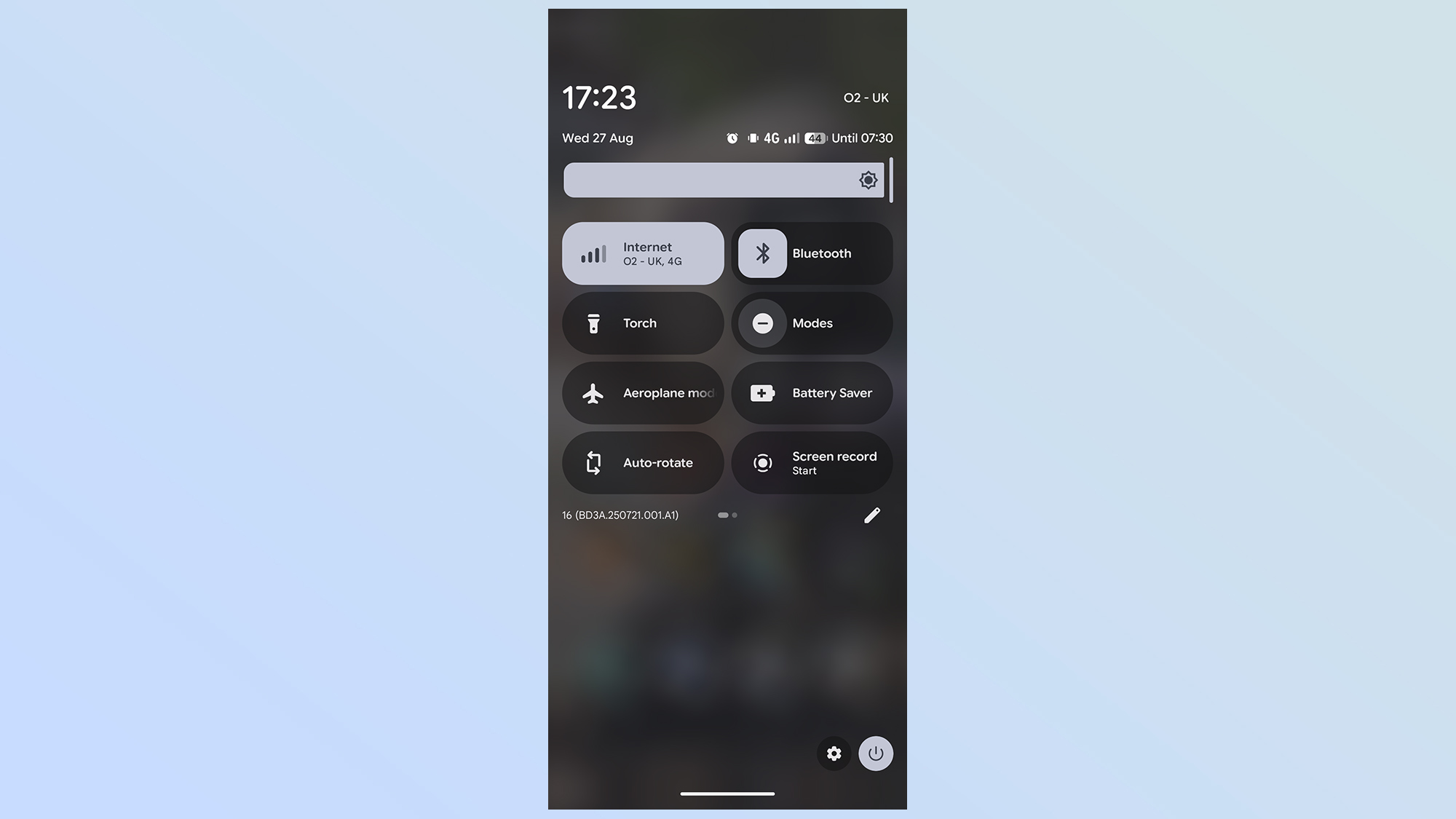
Some stuff has changed and been revamped, like the Lock Screen customization tools, but for the most part, it doesn't feel like Google is offering much that's new. It's just been tweaked and rearranged slightly. Which can be a good thing, but it's certainly not worth the amount of attention Google has been giving it. It's certainly no Liquid Glass.
As for the design itself, I'm not a fan of how things have changed. I much preferred the old no-nonsense approach than the new design, rather than this new Google-interpretation of a "fun font." If Material 3 is about personalization, then there should be more options on offer for those of us that want to make changes. If the best Android launchers can offer it, then so can Google.
Considering Google has pledged 7 years of full update support once again, it means there's plenty of time for Google to change things in the near future. I just hope the font choices don't stick around until 2032.
Google Pixel 10 Pro Review: Verdict
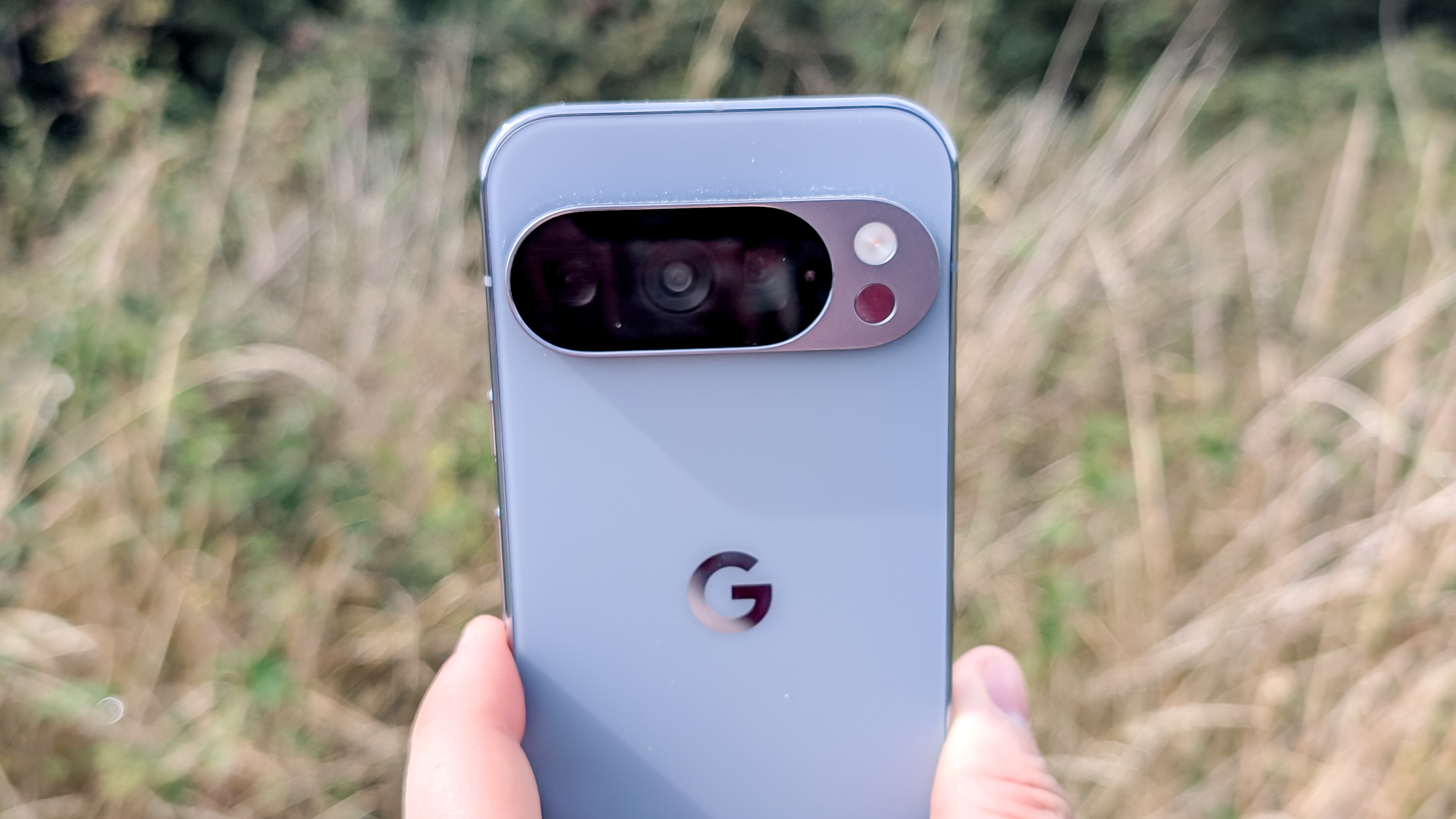
Overall, the Pixel 10 Pro is a good phone, but it's let down by the fact this is a very incremental upgrade. It really just feels like a slightly different variation on the Pixel 9 Pro. Which is not necessarily a bad thing, considering the Pixel 9 Pro is one of the best phones. But, as much as I appreciate upgrades like Qi2, it's still disappointing to see how little Google has done with the new model.
But when it comes down to the real stuff, there's very little to actually dislike about the phone. The camera is good, battery life is strong, and the display feels like it will literally blind you in the right circumstances. The AI upgrades aren't quite as impressive as I'd hoped, especially Magic Cue, but new features in addition to old ones can never be a bad thing.
If you have a Pixel 9 Pro, this is definitely a phone to skip. But if you're looking for a Pro Pixel, and are happy to sacrifice charging speed for the more compact design, then the Pixel 10 Pro should suit you just fine.

Tom is the Tom's Guide's UK Phones Editor, tackling the latest smartphone news and vocally expressing his opinions about upcoming features or changes. It's long way from his days as editor of Gizmodo UK, when pretty much everything was on the table. He’s usually found trying to squeeze another giant Lego set onto the shelf, draining very large cups of coffee, or complaining about how terrible his Smart TV is.
You must confirm your public display name before commenting
Please logout and then login again, you will then be prompted to enter your display name.
